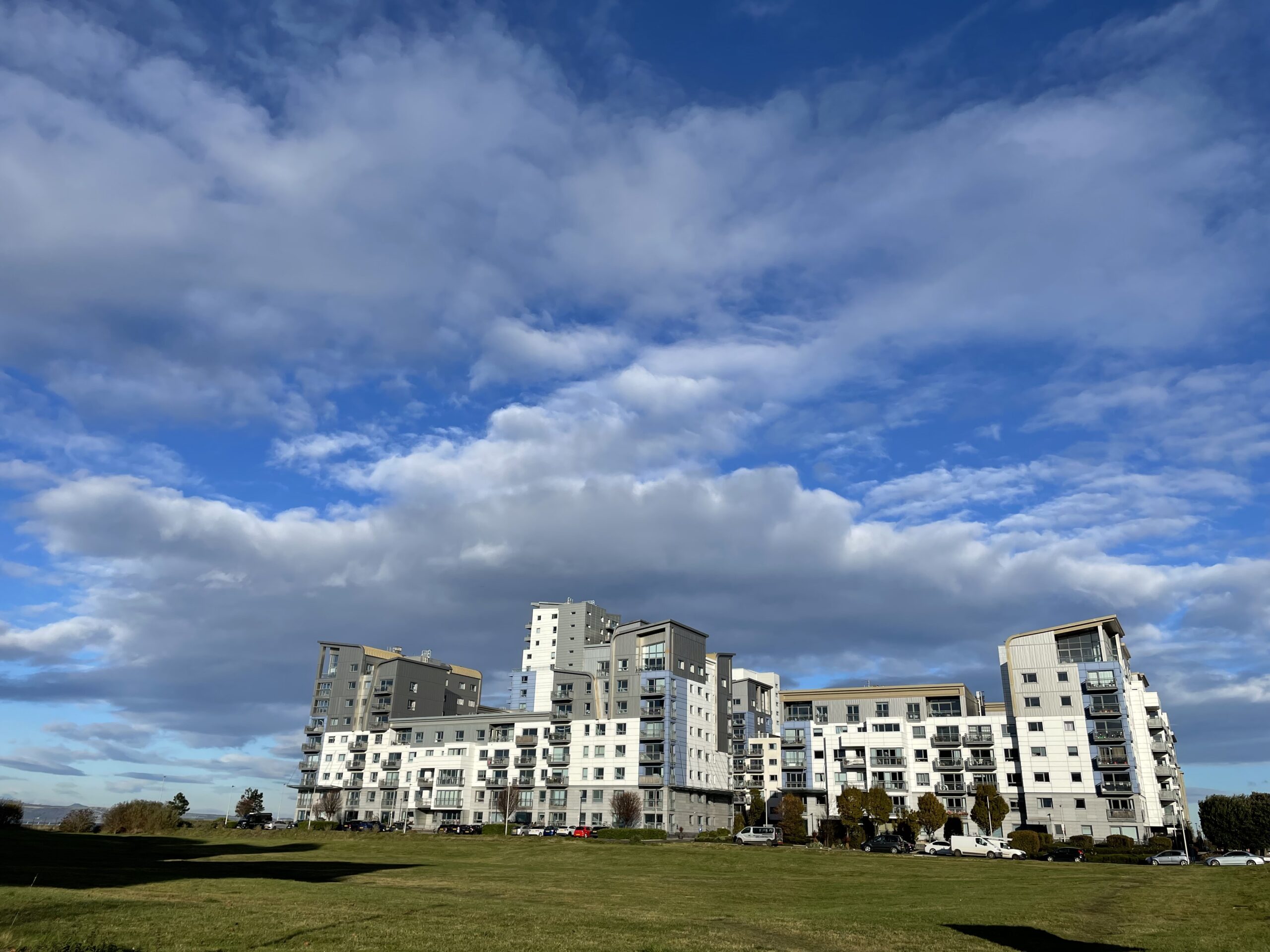Carbon’s Journey is a thrilling account of carbon’s adventures in the air after escaping a chimney. Wind, water, and diverse terrains influence its tumultuous eight-year voyage, showcasing its dynamic interactions with living organisms like falcons. Yet, it underlines its fleeting role in biological systems, making for an engaging narrative of organic escapades. Diving into Historical Materialism coined by Marx: It’s a vibrant lens for understanding history, spotlighting the dynamic relationship between the physical world, economic forces, and social change. By identifying internal contradictions in material production systems as the ‘engine of history,’ it critiques our consumerist obsession with material goods.
Switching gears to the ‘material turn’ in social sciences: Imagine a thrilling shift toward ‘materiality’ rather than just the physical aspects of objects. Drawing inspiration from James Gibson’s environmental classification, it challenges the notion of imposed forms, asserting instead that they dynamically generate and dissolve in material fluxes. This perspective, emphasizing the dynamic and relational nature of material properties, encourages us to tell their stories, providing a captivating narrative lens on the fascinating interplay of forces within materiality.
 Playground in Leith. Photo by Christina Yang.
Playground in Leith. Photo by Christina Yang.
Imagine a kids’ playground as an exciting analogy for exploring these concepts. The playground represents the chapters’ exploration of materials innovation, substance, and form. It’s like the various play structures and equipment that make up the space, each designed with different materials to create a dynamic and engaging environment. Now, think of the children at play as the ‘ecologies of material’s social lives.’ They interact with the playground structures, creating a lively and interconnected social scene.
Sarah Wilkes’ chapter on sustainability could be compared to the playground’s emphasis on safety and eco-friendly design. It’s like the swings and slides being made from recycled materials, teaching kids about the importance of taking care of their environment. The idea of the co-constitution of substances and subjects is like the children themselves, actively shaping and being shaped by their play experiences.
Now, let’s bring in Jane Bennett’s ideas. In the playground, ‘Thing power’ is evident when you see inanimate play structures coming to life through the actions of the children. The litany for vital materialists resonates with the belief in the playground’s vitality, recognizing that not only humans but also the non-human elements—like the swings, slides, and the ground itself—contribute to the energy and excitement of the space. Think of ‘Thing Power’ examples in the playground: Litter becomes a teachable moment about cleanliness, electricity powers interactive features, food may be part of a picnic area, metal structures provide durability, and worms in the soil contribute to the playground’s ecosystem.
Reference list
Bennett, Jane. (2010) Vibrant Matter: a Political Ecology of Things. Durham Duke University Press.
Harkness, H. (2023) Theme 3_Lecture A [PDF], Materials and (new) Materialism: Bodies, Resources and Pollution. University of Edinburgh.




